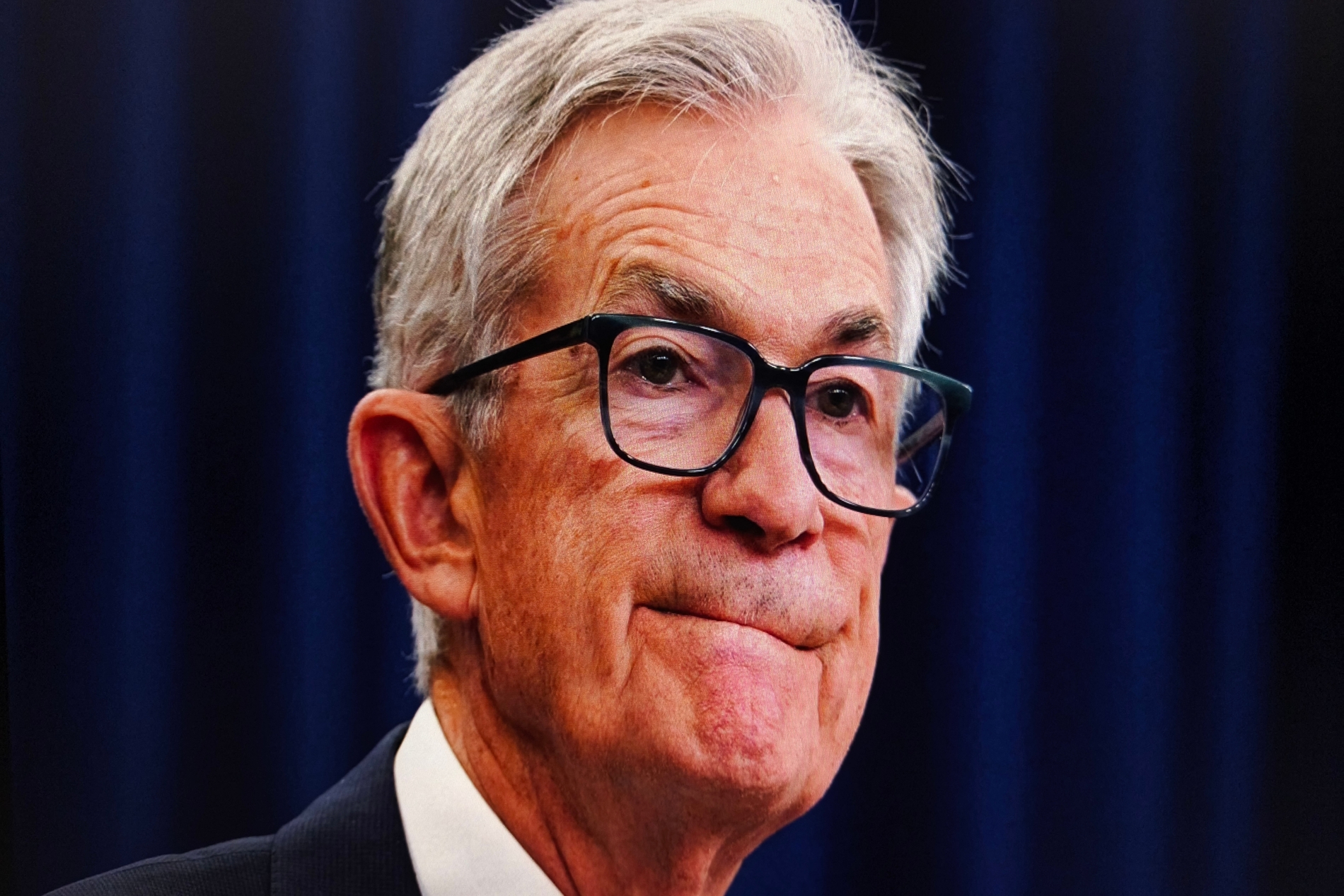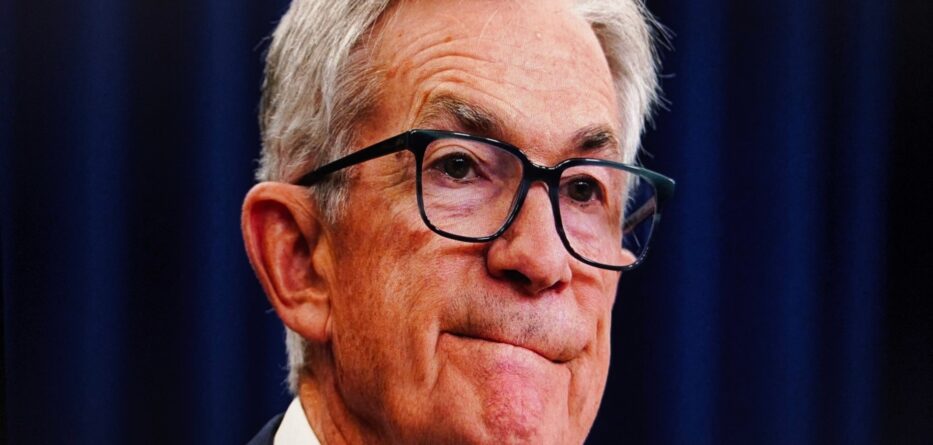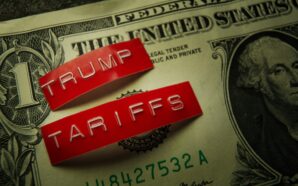
The end of quantitative tightening may not be the market boost it appears to be
Federal Reserve Chair Jerome Powell just announced that the Fed will soon end its balance sheet reduction program, better known as quantitative tightening (QT). The move signals a major policy shift after more than three years of draining liquidity from the financial system. But while investors may cheer the end of QT, history offers a sobering reminder: this kind of “good news” often comes just before the storm.
Since June 2022, the Fed has reduced its balance sheet by $2.2 trillion in an effort to curb inflation and cool the economy. Conventional wisdom suggests that halting QT should benefit equities since more liquidity could flow into risk assets. Yet the data tells a different story. Over the past two decades, the stock market has actually performed better during periods of QT than during times of quantitative easing (QE).
During this most recent tightening phase, while liquidity was being pulled from the system, the S&P 500’s total return index rose at an annualized rate of 20.9 percent, nearly double its long-term average. Looking further back, since 2003, the index has gained an average of 16.9 percent during 12-month periods when the Fed’s balance sheet was shrinking, compared to 10.3 percent when the Fed was expanding it.
The reason for this counterintuitive pattern lies in timing. The Fed typically turns to QE when the economy is in trouble, injecting liquidity to stabilize markets. But because policy effects take time, these expansions often occur during recessions or downturns, when stocks are already under pressure. The Global Financial Crisis in 2008 and the pandemic lockdown in 2020 both saw massive balance sheet expansions — and equally severe bear markets.
By contrast, the Fed tightens when the economy is strong, as it did over the past few years. QT has coincided with growth and resilience, not weakness. That makes Powell’s announcement potentially worrisome. If the central bank now feels the need to stop tightening, it may be seeing early signs of economic slowdown.
In other words, the end of QT is less a celebration and more a signal. The Fed may be preparing for a softer economy in 2026, one that could test the market’s recent optimism. Stocks might rally briefly on the headlines, but as history shows, these transitions rarely come without turbulence.
Investors should take Powell’s pivot as a cue to stay cautious, not euphoric. If history repeats itself, things could get worse before they get better.
“No Kings” Protests Draw Millions Nationwide
-
Credit: Shutterstock The conversation around potential $2,000 “tariff dividend” checks reached a new peak this week after President Donald...
-
Credit: Shutterstock As President Donald Trump abruptly turned against Rep. Marjorie Taylor Greene, one of his most vocal supporters,...
-
Credit: Shutterstock When President Donald Trump unexpectedly announced plans for what he called a “$2,000 dividend” for the majority...
-
Credit: Shutterstock In a dramatic twist that’s sent shockwaves through both sides of the Atlantic, U.S. President Donald Trump...
-
Credit: Shutterstock The countdown is on for one of the most closely watched shareholder votes in corporate history. As...
-
Credit: Shutterstock President Donald J. Trump sparked fresh political fireworks during a wide-ranging interview on CBS’ 60 Minutes, revealing...
-
Credit: Shutterstock Imagine not having to hunt for groceries after a long day or remember when your phone bill...
-
Credit: Shutterstock While government offices sit quiet amid the ongoing federal shutdown, the White House grounds are anything but...
-
Credit: Shutterstock Good News for Taxpayers Good news might be on the horizon for taxpayers — especially those with...
-
Credit: Shutterstock Everything You Need to Know President Donald Trump accused Senate Democrats of “holding the federal government hostage”...
-
Credit: Shutterstock Ruling marks key step in ongoing legal fight over federal authority and state control The Ninth Circuit...
-
Credit: Shutterstock The White House grounds haven’t seen a sight like this in decades — cranes, bulldozers, and construction...




















